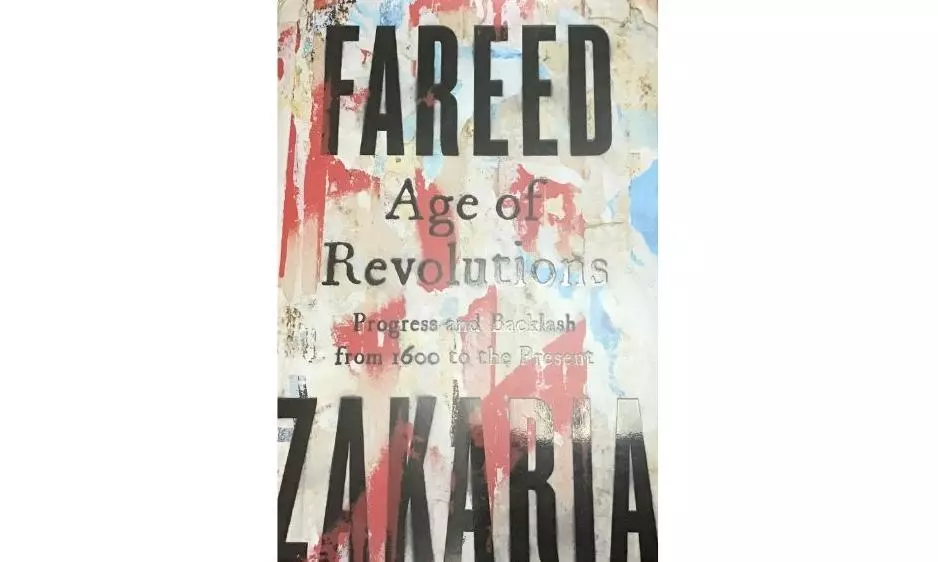Book Review | Multipolarity next stage of age of revolutions

In his book, Age of Revolutions (a name borrowed from the historian Eric Hobsbawm’s classic written some 62 years ago), well-known political analyst Fareed Zakaria tackles the central question of our times. What causes the large-scale social disruptions the world is going through today?
Looking back at some five centuries of history from the Golden Age of the Dutch to “the rise of the rest”, those subaltern powers who are today challenging the hegemony of the United States, Zakaria tries to find answers.
He traces the rise of mercantilism in Europe which saw the continent leave behind the chaotic Orient and become far wealthier. Then came the French Revolution and with it, new ideas. The rise of the British Empire paid for the Industrial Revolution. Finally came the making of modern America and what he describes as the Second Industrial Revolution.
America’s coming of age piggybacked on British success, more accurately the stealing of British and European intellectual property to build its own textile and steel factories. The Second Revolution came about when petroleum replaced coal, a fuel that the US had a great abundance of, and automobiles replaced trains. So, when Donald Trump thunders against Asian nations accusing them of stealing American patents, he and others would perhaps do well to remember that.
The rise of the Asian tigers and giants, be they China, Korea, Japan or Asean, was similarly based on “stealing” or to use a better word, copying, American ship-building, automobile and even mobile phone manufacture. Lest we forget, India’s pharmaceuticals industry, too, built itself by the stratagem of copying and modifying medicine patents which the West spent millions of dollars to discover.
The rise of these nations and what it means for America and the world order, of course, makes up much of the debate that Zakaria builds up in his nearly-400-page tome. He perhaps gets it right when he says in his book that in this century “American power has not declined, [but] American influence has”.
Between the years 2000 and 2022, the US economy went from being seven-and-a-half times larger than China’s to just 40 per cent larger. Middle powers like India, Saudi Arabia, Brazil and Turkey grew faster than the US or the European Union.
This new reality has not produced a genuine multipolar world. The US remains numero uno, with China trying to close the gap between the two and a weaker Russia aligning itself with China. While the other middle powers and a third rung of powers race to not be left behind, the real difference between the 20th century and the 21st is that the super-powers are “less able to dominate other countries the way Washington and Moscow once did”. They can still vigorously intervene, though, even if through proxies after having burnt their fingers by direct action in Vietnam, Iraq, Afghanistan and Ukraine. And who knows perhaps in neighbouring Bangladesh, too.
Age of Revolutions: Progress and Backlash from 1600 to the Present
Fareed Zakaria
Norton
pp. 383; Rs 968

